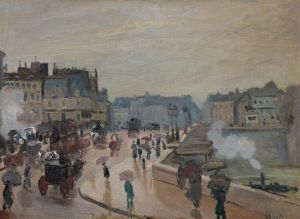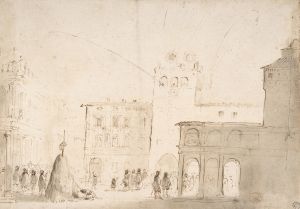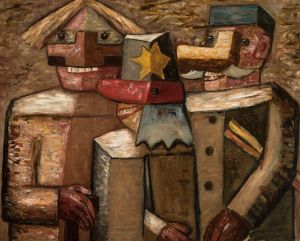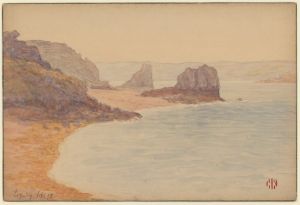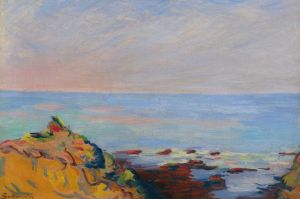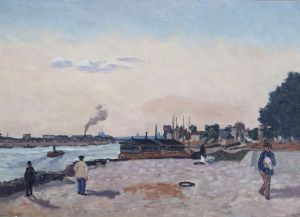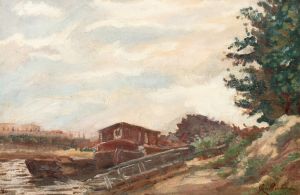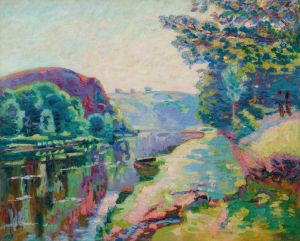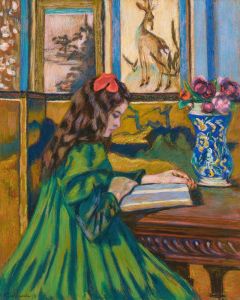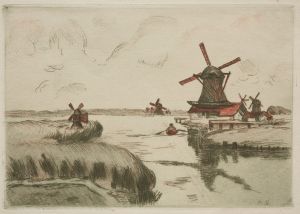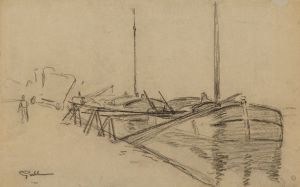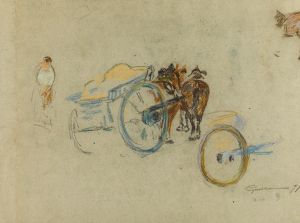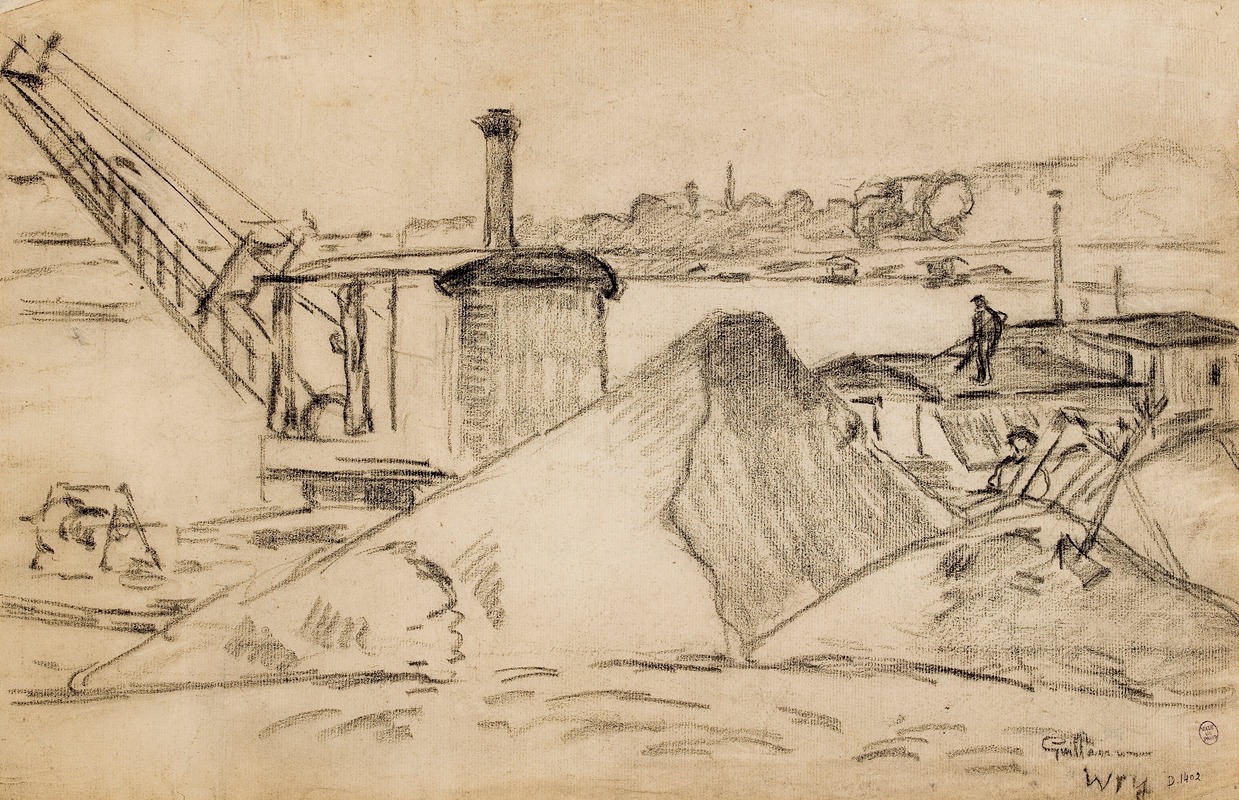
Une grue à Ivry
A hand-painted replica of Armand Guillaumin’s masterpiece Une grue à Ivry, meticulously crafted by professional artists to capture the true essence of the original. Each piece is created with museum-quality canvas and rare mineral pigments, carefully painted by experienced artists with delicate brushstrokes and rich, layered colors to perfectly recreate the texture of the original artwork. Unlike machine-printed reproductions, this hand-painted version brings the painting to life, infused with the artist’s emotions and skill in every stroke. Whether for personal collection or home decoration, it instantly elevates the artistic atmosphere of any space.
"Une grue à Ivry" is a painting by the French artist Armand Guillaumin, created in 1873. Guillaumin was a prominent figure in the Impressionist movement, known for his vibrant use of color and his depictions of the French landscape and urban scenes. Born in Paris in 1841, Guillaumin was a contemporary of artists such as Claude Monet, Camille Pissarro, and Paul Cézanne, with whom he shared a close friendship and artistic exchange.
The painting "Une grue à Ivry" (translated as "A Crane at Ivry") captures an industrial scene in Ivry-sur-Seine, a commune located in the southeastern suburbs of Paris. During the late 19th century, Ivry-sur-Seine was undergoing significant industrial development, and Guillaumin's work reflects the changing landscape of the area. The painting features a crane, a symbol of industrial progress, set against the backdrop of the Seine River and the surrounding urban environment.
Guillaumin's technique in "Une grue à Ivry" is characteristic of the Impressionist style, with loose brushstrokes and a focus on the effects of light and color. The artist's use of bright, contrasting colors brings a sense of vibrancy and dynamism to the scene, capturing the essence of the industrial activity and the natural beauty of the river. The composition of the painting is balanced, with the crane positioned prominently in the foreground, drawing the viewer's eye to the central subject while also allowing the surrounding landscape to be appreciated.
Armand Guillaumin's work often depicted scenes of everyday life and the natural world, and "Une grue à Ivry" is no exception. The painting is a testament to his ability to find beauty in the industrial and urban settings that were becoming increasingly common in his time. Guillaumin's attention to detail and his skillful use of color and light make this painting a notable example of his contribution to the Impressionist movement.
Throughout his career, Guillaumin participated in several of the Impressionist exhibitions, gaining recognition for his unique style and his dedication to capturing the changing landscapes of France. Despite not achieving the same level of fame as some of his contemporaries, Guillaumin's work has been appreciated for its vibrant energy and its honest portrayal of the world around him.
"Une grue à Ivry" is housed in the Musée d'Orsay in Paris, which is home to an extensive collection of Impressionist and Post-Impressionist masterpieces. The painting continues to be admired by art enthusiasts and scholars for its historical significance and its artistic merit. Guillaumin's work, including "Une grue à Ivry," remains an important part of the legacy of the Impressionist movement, offering a glimpse into the industrial transformation of 19th-century France through the eyes of a skilled and observant artist.





